No wonder that Formatville's motto is:
"Live by its 10 commandments or" - like Donnie Brasco would say - "Fuhgeddaboudit"
So if you want YOUR screenplay to be read and not tossed, apply these script formatting guidelines. Today the eighth commandment.
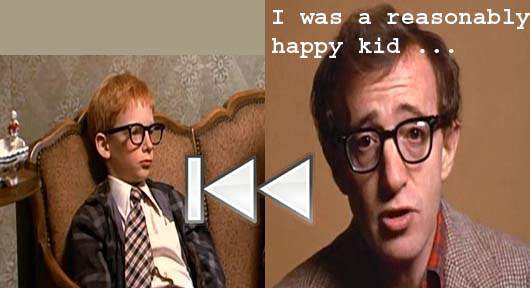
We asked our screenplay format expert, Matt, aka Formatman, to lead us through the 10 formatting commandments.
If you missed the introduction to this series of articles, you may want to check it out first.
Here is the link to Part 1, where it all started.
Formatman:
In this article, full of screenplay extracts and videos, you'll discover everything you need to write a powerful flashback. You will know:
-- what a flashback is,
-- the 7 key components of a flashback,
-- the controversy around flashback,
-- when to use flashback,
-- how to test ride your flashback, and
-- the screenplay format of a flashback.
In terms of screenplay format, a Flashback is a technique used to reveal backstory.
It is a scene (or a series of scenes) that takes place at an earlier time (a week, a month, x years ago) than the time when the main story happens.
It usually gets triggered by a picture, a scent, a word, that brings the character - in a flash - back to a particular moment in the past.
The screenwriter Waldo Salt, who won an Academy Award for Midnight Cowboy and Coming Home, saw a flashback as a "flashpresent," because the visual image we're seeing is what the character is thinking and feeling at that present moment, whether a memory, or fantasy, or event; a flashpresent being anything that illuminates a character's point of view.
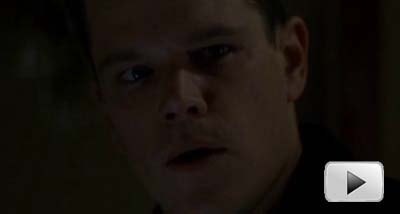
There are 7 elements which need to be present to make a flashback effective:
Many people will tell you NOT to use any flashback in your screenplay for a number of reasons:
We have now reached the 64.000 dollars question.
When should you use flashback?
The generally accepted answer is: NEVER!
What? Never?
Yes, unless a flashback can be justified by
a. the story telling, like in:
-- The Bourne Identity,
-- Annie Hall,
-- The Reader
-- Slumdog Millionaire),
or
b. the structure of the story, like in:
--Memento, that gets told "backwards".
-- About Time
Compare these 2 videos.
Both regard a memory of the war.
The treatment of the event is different but the audience is left with the same result.
The first one is explicit and uses flashback images. It is from The Pacific.
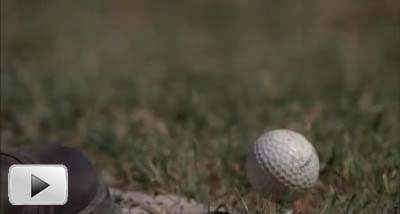
The second one doest not use any flashback images and creates the same result with sounds. It is from The Legend of Bagger Vance, screenplay written by Jeremy Leven
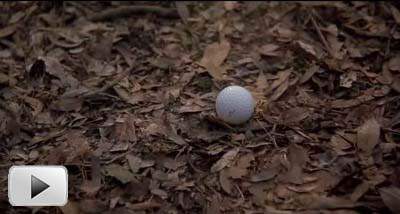
You wrote a flashback scene anyway?
These 7 questions will help you determine if you should keep it or look for an alternative.
Our recommendation? Be brutal with yourself and tell the truth.
-- This line is either spoken by the character, like in Fight Club, screenplay written by Jim Uhls: "I already knew the story before he told it to me."
-- or it is included in the action part, like in The Silence of the Lambs, screenplay written by Ted Tally: "She is seeing, in her mind's eye -"
As often in screenplay format, there are a few ways to write a flashback scene:
MCCABE Tell me. What's happiness for you? INT. JULIANNA GIANNI'S CAR - DAWN - FLASHBACK JULIANNA What's happiness to you, David? INT. PRISON PSYCHIATRIC UNIT - NIGHT - BACK TO PRESENT DAVID How about another question INT. NIGHT. PHARMACY BATHROOM -- MOSCOW BOURNE finishing up -- splashes water on his face -- he seems a man on a mission. He looks up -- A MIRROR. His face... FLASHBACK -- JUMBLED STREAKY IMAGES: "415" written on a building.DISEMBODIED VOICE (HIRSCH) Welcome to the program... POV Bourne walks down a corridor (corridor #1). INT. NIGHT PHARMACY -- MOSCOW
Whatascript:
Talking about montage, you see sometimes in movies the memory of the hero being triggered and the next scene shows you an old movie. How does this get done in terms of screenplay format?
Formatman:
This is an example from the screenplay "The Game", written by John D. Brancato & Michael Ferris.
He looks out his window, watching the street roll past... FLASHBACK/GRAINY HOME MOVIES -- 1960'S -- DAY SILENT, HOME MOVIE-ISH IMAGES as before: YOUNG NICHOLAS, 10, peers out from a LIMOUSINE,watching his neighborhood pass... PERIOD FASHIONS, PERIOD CARS and HOUSES... BACK TO SCENE, IN THE BENTLEY
Whatascript:
How about a series of flashbacks? one after the other. How do you write that in terms of screenplay format?
Formatman:
There are again different ways to do that.
INT. ANNA'S BOUDOIR, KARENIN HOUSE, SAME TIME--DAY It is early in the day. Anna's maid, Annushka, has been dressing Anna. Annushka is young, loyal, modest. Anna is at her dressing-table-bureau, which is host to at least two photographs of a small boy (Serozha) and a child's unframed drawing of "Maman." As she starts reading the letter, Anna's eyes frown. FLASH BACK, VERY SHORT, ALMOST SUBLIMINAL-- INT. (LINEN CLOSET)--DAY Oblonsky and Mlle. Roland in a passionate embrace, vertical, clothed. BACK TO SCENE Anna turns the page, reads on, concerned. FLASH BACK-- SHORT, A BEAT OR TWO-- INT. LINEN CLOSET, OBLONSKY HOUSE--DAY Still kissing, Oblonsky hoists up her skirts. BACK TO SCENE Anna turns to the second page.
CHRISTINE Check your accounts. That night in your office, when we were there... FLASHBACK -- NICHOLAS' OFFICE -- THAT NIGHT Christine runs her finger down Nicholas' TELEPHONE. She looks to see Nicholas is preoccupied, lifts the receiver... Reads the PHONE NUMBER underneath. She turns, looks down... There's a NUMBER written on the PHONE JACK on the wall: #C4. CHRISTINE I got the number to your private line and modem. I gave C.R.S. remote access to your computer... FLASHBACK -- VARIOUS INSERTS NICHOLAS' C.R.S. TESTING: Nicholas' hand scribbles his SIGNATURE... fills out a FINANCIAL QUESTIONNAIRE. A TAPE RECORDER'S REEL SPINS... a PENCIL blackens TEST BLOCKS... CHRISTINE You already gave them everything else. Handwriting, voice samples, psych-info. They used it all to figure out your passwords. FLASHBACK: ON A MONITOR, combinations of LETTERS and NUMBERS SCROLL BY, multiplying, too quickly for the eye to see... CHRISTINE From there, they only had to keep you distracted while they broke into the network and transferred your holdings to dummy accounts. FLASHBACK: FIGURES appear on a COMPUTER SCREEN; HIGH NUMBERS flying down to 000,000,000's. More NUMBERS, falling. CHRISTINE Remember Jim Feingold, the guy who signed you up? He did five years for hacking Citibank in eighty-four... FLASHBACK: PAN UP from deft fingers at a keyboard to JIM FEINGOLD, lit by cold COMPUTER SCREEN GLOW. BACK TO SCENE IN BENTLEY Whatascript:
How to end a flashback scene in terms of screenplay format?
Formatman:
As we saw in above examples there are different ways to do that:
The point is, however you choose to do it based on the specific flashback you write, make sure it is clear to the reader that we are back to the present time.
Whatascript:
Is it possible in screenplay format to write a flashback without mentioning the name "flashback"?
Formatman:
Yes. I'll give you two examples from The Reader.
In the first example, the screenwriter David Hare mentions the year when the events take place, going back and forth between the present time of the story and the past.
INT. MICHAEL'S APARTMENT. BERLIN. DAY. 1995. A modern apartment, all cool and glass. MICHAEL BERG is preparing breakfast, laying the table for two... Michael goes to the window and looks out. A yellow U-Bahn goes by.INT. TRAM. DAY. December 1958. MICHAEL, now 15, is sitting on a tram.
He is in a well-cut suit he's inherited, ill-fitting, with two- tone shoes and tangled mop of hair. Sweat breaks out all over his face. A WOMAN is staring at him. He's plainly feeling ill. INT. MICHAEL'S APARTMENT. DAY 1995. MICHAEL stands at the window, looking out.
INT. TRAM. DAY 1958. Impulsively MICHAEL gets up, rings the bell and gets off at the next stop.
INT. MICHAEL'S APARTMENT. DAY 1995. MICHAEL closes the window.
EXT. BANHOFSTRASSE. DAY SUPER: "Neustadt West Germany 1958" It has come on to rain. MICHAEL is walking along the street, looking more and more sickly.
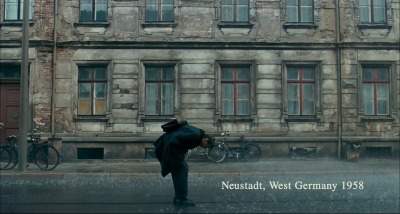
Formatman:
On the last picture you can see the use of SUPER (abbreviation for superimpose) with the date of 1958.
This screenplay format is used to show the time we flash back to when the movie is a long flashback.
At the end of the flashback one returns to PRESENT DAY (or in this case 1995).
Whatascript:
What is the second example of screenplay format when there is a flashback without mentioning it?
Formatman:
It is when the screenwriter David Hare mentions that the main character has thoughts while having dinner.
INT. DINING ROOM. BERG APARTMENT. NIGHT The family is half-way through their meal. MICHAEL is sitting watching them eat, thinking about his lovemaking with HANNA.
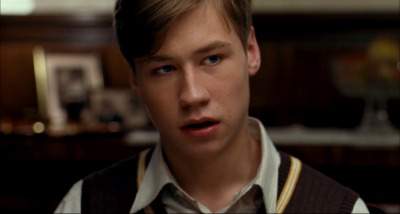
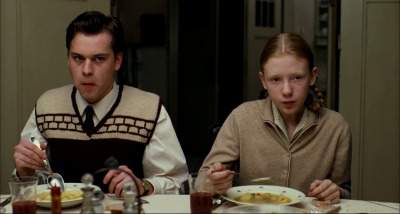
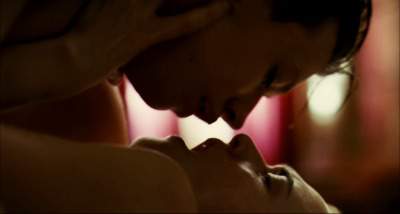
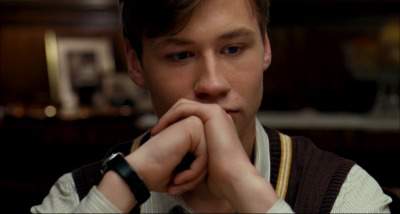
In this case, we have actually a rare case of a flashback within a flashback. And what is even more rare, both flashbacks work.
Whatascript:
This concludes our interview on this eight formatting commandment "Thou shalt use flashback responsibly". Thank you, Formatman.
Formatman:
May the Format be with you!

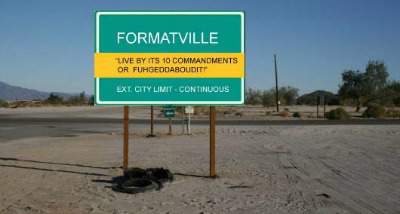
Pictures and screenplay extracts:
-- "Annie Hall", Woody Allen (director), Gordon Willis (director of photography), Woody Allen (Alvy), Jonathan Munk (Alvy age 9), Woody Allen and Marshall Brickman (screenplay)
-- "The Bourne Identity", Doug Liman (director), Oliver Wood (director of photography), Matt Damon (Bourne), Tony Gilroy and W. Blake Herron (screenplay)
-- The Legend of Bagger Vance, Robert Redford (director), Michael Ballhaus (director of photography), Matt Damon (Rannulph Junuh), Will Smith (Bagger Vance), Jeremy Leven (screenplay)
-- "Vanilla Skye", Cameron Crowe (screenplay)
-- "The Bourne Ultimatum", Paul Greengrass (director), Oliver Wood (director of photography), Tony Gilroy and Scott Z. Burns and George Nolfi (screenplay)
-- "The Game", David Fincher (director), Harris Savides (director of photography), Scott Hunter McGuire (young Nicholas), John D. Brancato & Michael Ferris.
-- "Anna Karenina", Tom Stoppard (screenplay)
-- "The Reader", Stephen Daldry (director), Roger Deakins and Chris Menges (director of photography), Ralph Fiennes (Michael Berg), David Kross (young Michael Berg), Kate Winslet (Hanna Schmitz), David Hare (screenplay)
Go from Screenplay Format to Whatascript! Home page
* The Godfather (2), screenplay written by Francis Ford Coppola & Mario Puzo